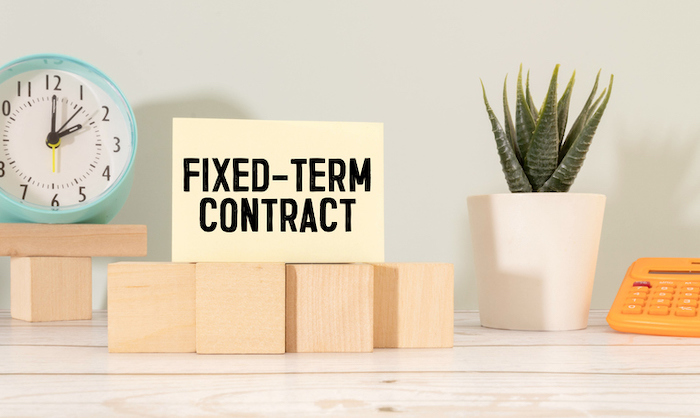Rental homes must meet the insulation standards by 1 July 2019 to avoid $4,000 fines.
Ceiling and underfloor insulation will be compulsory in all rental homes from 1 July 2019. Landlords who don’t comply with the regulations will be committing an unlawful act and may be liable for a penalty of up to $4,000.
What do landlords need to do?
1. Check whether insulation can be installed
Some exceptions to this requirement apply to certain property types. For example, these properties are either physically impossible to insulate, or would require major renovations to do so.
How to find out if an exception applies to your property
2. Assess your current insulation
You can assess your insulation by either:
- Physically looking in your ceiling cavity and underfloor area
- Hiring a professional to do an assessment
- Checking the council building file
If you are hiring a professional, you can find insulation providers online. You should get at least three quotes before committing to a provider.
More about assessing insulation [PDF, 2.5 MB]
Checking and installing insulation safely
3. Install or top up insulation as required
Landlords must install ceiling and underfloor insulation, wherever possible. It must comply with the regulations and be safely installed. Wall insulation is not compulsory.
Meeting the requirements for compulsory insulation
How much it costs will depend on the size, shape and location of your property. As a rough guide, the average cost for a professional installer to put in both ceiling and floor insulation is about $3,400 excluding GST for a 96m2 property. You should expect to pay more than that for a larger home.
Insulation can be installed in most homes in a day. Waiting times for assessment, and for scheduling the work, will vary depending on where you are in the country, and the current demand. With the deadline in July 2019, insulation installers may book out quickly.
For more information, including lists of certified providers, visit:
4. Make sure your tenancy agreements include an insulation statement
All new tenancy agreements must include a separately signed insulation statement that covers what insulation the home has, where it is, and what type.
Use our insulation statement template to make sure you cover all the information required under the Residential Tenancies Act. If you use our tenancy agreement template the insulation statement is included.
Insulation statement template [PDF, 490 KB]
Tenancy agreement template [PDF, 1.4 MB]
What if landlords don’t meet the insulation regulations?
Unless an exception applies, landlords who don’t have the required insulation installed in their rental properties by July 2019 will be in breach of the Residential Tenancies Act. They may face paying a penalty of up to $4,000, which are usually paid to the tenant.
Landlords with more than one tenancy may face separate damages for each property that doesn’t comply. They will then still need to install insulation that meets the correct standard.
Any landlords who still don’t comply after paying the penalty, may face further action.
Meeting the requirements for compulsory insulation
What are the benefits of insulating?
Insulation keeps your rental property warm and dry, making it easier and more efficient for tenants to heat. Warm and dry rental homes help tenants avoid illnesses and make them more likely to stay longer.
It’s also good business practice to protect your investment, by keeping your property in good condition.
Check out this video for more information!



